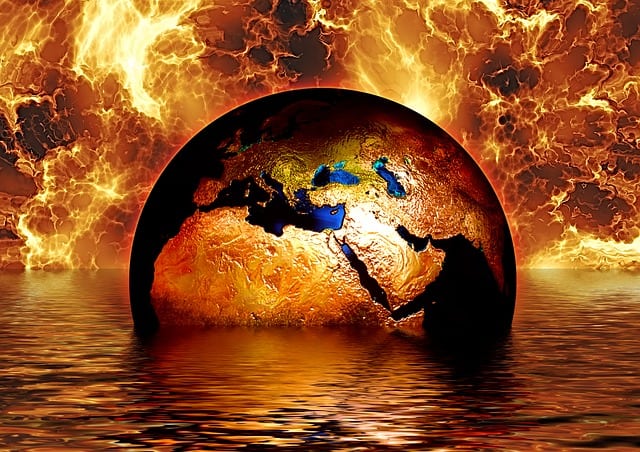The effect of climate change has spread across most places in the world today and it shows no signs of stopping. However, one place in the world that is threatened by climate change is the Easter Island. This island has been a reminder of what happens to civilization; now, this iconic place is now suffering from the effects of global climate change.
It is necessary to know that Easter Island is situated in Rapa Nul, Polynesia and it’s known for its monumental statues called moai, located on ahu or stands. The Easter Island also has tombs, and inside the tombs are old obsidian spearheads, and pieces of cremated bones which make it an iconic island. But conferring to an insightful report which was issued recently by The New York Times, these monumental statues are at risk from erosion as a result of the increase in sea levels.
Lots of the moai statues and almost all of the ahu platforms surround the island; with some climate predictions that sea levels will rise by 5-6 feet by 2100, residents and researchers have fears that the storms and waves now pose a big threat on the island more than ever.
Archeologist believes that the moai represent the ancestors of the Islanders. The bones in the tombs and some other bones basking openly to the sun are also believed to be the remains of the ancestors.
Camilo Rapu, the head of Ma’u Henua, which is a native organization that takes care of the National Park which covers the island and its archeological sites said, “There is a feeling of incompetence in all of these, of not being able to protect the remains of your own ancestors. It hurts enormously.”
An article which was written by Nicholas Casey with some photos by Josh Haner, introduce a series by the Times titled Warming Planet, Vanishing Heritage which studies “the effects of climate change and how it is obliterating the cultural identities of the world.”
However, Haner made a photograph of one moai that has fallen over and lies just yards from the edge of an eroding cliff in the Easter Island. Casey also made some reports on a stone wall that stood between some stands and the coast which had slightly collapsed due to strong waves.
Nevertheless, even though the monumental statues of the Easter Island called moai are the most obvious signs of the Rapu Nui’s cultural identity, what lies beneath them might hold some cultural significance which is not yet known.
Furthermore, it is necessary to know that lots of archeologists have told the Times that the remains kept inside these tombs might assist in determining the exact cause of deforestation of the island and the decrease in the population of the island from thousands to hundreds by 1870. For many residents still living on the island, the fate of the tombs has more personal meaning.
Another milestone that has been attained is the Ovahe Beach, which is covered by sand. Right now, the sea engulfed most of it, leaving only rocks. In addition, its nearby burial site has now been threatened.
Hanga Roa mayor, Pedro Pablo Edmunds told the Times about a time capsule the town had buried 2 years ago to be opened in 2066, with a picture of the still-sandy beach.
“They will dig it up in 50 years and see us standing there, where there is no beach,” Edmunds said.
However, the loss of iconic monuments could destroy the economy of the island, which relies mainly on tourism. It is also vital to note that more than a thousand people visited the island in 2016, according to the Times.
Right now, there are lots of debates and talks on what caused the first, disreputable change of Rapa Nui’s environment. In several reports such as Jared Diamond’s Collapse: How Societies Choose to Fail or Survive, the inhabitant deforested the island in the process of constructing the moai, leading to erosion, the deterioration of agriculture, starvation, and war.
Moreover, conferring to Scientific American, the report made by Jared Diamond is now debated by archeologists all over the world. This is due to the fact that there were no signs of armed conflict in the remaining artifacts. Most people think that the process of deforestation in the island was slow and perhaps, it was assisted by droughts or rodents and also, the residents of the island were not aware of it as a disaster.
Some islanders find hope in their ancestors who survived the collapse. “They knew the environment was going to collapse but that didn’t stop them from continuing in this place. It is thesame with climate change today,” Ma’u Henua’s head of planning, Sebastian Paoa told the Times
Recently, Mr. Huke, who is an architect and collaborating with the Ma’u Henua organization made it known that looking for the bones of his ancestors on the island is not a cause of despair, but a call to action.






